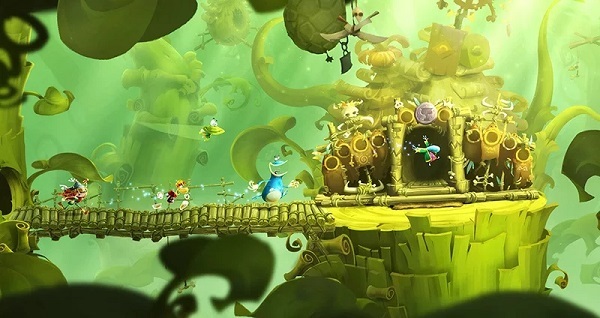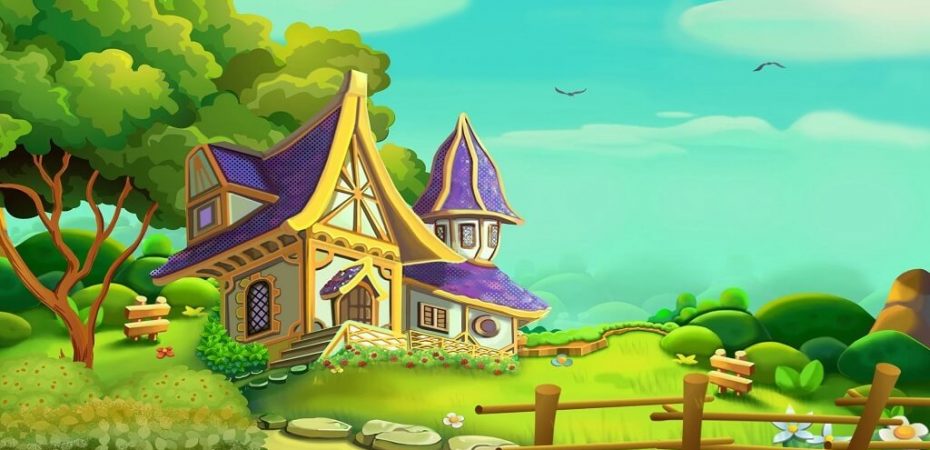Creating a video game is no easy task. It takes a lot of hard work, dedication, and skill to make a game that is both fun and playable. In addition to all of these things, it is also important to have great 2D game art concepts.
2D game art refers to graphics and visuals created in two dimensions for use in video games. This can include sprites, backgrounds, menus, and other visual elements. 2D game art is important for game development because it helps to bring the game world to life and establish a consistent aesthetic. It also allows for smoother gameplay, as 2D graphics require less processing power than 3D graphics. Additionally, 2D art allows for more flexibility in level design and can often be created at a lower cost compared to 3D art. In short, 2D game art plays a crucial role in creating visually engaging and functional games.
This article will discuss what 2D game art is and why it is so important for game development. It will also provide tips on how to choose successful 2D game art concepts for your project. Read on!
1. What is 2D game art and why is it important for game development?
In a professional setting, 2D game art refers to the assets and visual elements used in the development of a 2D game. This can include character sprites, backgrounds, user interfaces, and more. 2D game art is crucial for creating immersive game experiences, as it helps bring game worlds and characters to life. Without 2D game art, a game would just be a collection of code and gameplay mechanics.
By outsourcing 2D game art development to a professional game art service, game developers can focus on gameplay while also ensuring high-quality visuals for their players. Ultimately, 2D game art plays an essential role in the success of a game and should not be overlooked in the development process.
When it comes to game art development, the question of whether to hire a service or try to do it yourself can be a difficult one. While some individuals may have the skills and resources necessary for creating 2D game art on their own, it can often be a time- and labor-intensive process.
Hiring a game art development service, on the other hand, allows for access to experienced professionals who understand the ins and outs of game art creation. In addition, working with a service may also provide additional resources such as software licenses and game engines. Ultimately, whether it is realistic to develop 2D game art by yourself depends on your skills, resources, and timeline. However, hiring a game art development service can often provide more reliable and efficient results.
2. What are some things to consider when creating 2D game art concepts?

When creating 2D game art concepts, it is important to have a well-rounded selection of ideas to choose from. This can mean coming up with multiple variations on a similar theme, or brainstorming a diverse range of potential visuals. However, it is also important not to get too attached to any one idea and be willing to discard underdeveloped or unworkable concepts.
As the game development process moves forward, some ideas may need to be scaled back or adjusted in order for the game to function properly. It can also be helpful to start with a minimum version of your concept in mind, allowing for potential scalability and growth as the project progresses. Ultimately, creating 2D game art involves balancing an eye for aesthetically pleasing designs with practical considerations for gameplay and functionality. By carefully evaluating and refining your initial concepts, you can ensure that your final product meets these criteria.
Coming up with 2D game art concepts can be a complex and iterative process.
- First, the game’s overall theme and style must be determined, taking into account the target audience and intended gameplay experience.
- Second, you might want to sketch out several concepts in order to test the concepts such as which one makes more sense for the development process in terms of time and resources, as well as you might want to gather a focus group and get the initial ‘player’ feedback on how interested they would be in this concept.
- Next, the game’s characters, environments, and objects are designed based on this style guide. Concept art is created for each of these elements, often going through multiple rounds of revision to ensure they fit the aesthetic and function properly within the game. This process also includes creating a color palette and defining specific design features such as character poses or building architecture to be used consistently throughout the game’s art assets.
- Once all of this has been finalized, the concept art can then be used as a reference for creating the final in-game illustrations.
All in all, coming up with 2D game art concepts requires careful planning and attention to detail in order to create cohesive and visually appealing designs.
3. How do you choose successful 2D game art concepts for your project?
When it comes to selecting a concept for 2D game art, the most important thing is to consider the overall theme and style of the game. Is it a whimsical platformer or a dark horror game? The concept should fit with and enhance this vibe. It’s also important to consider technical limitations, such as how easily the concept can be animated or how much detail can be included in the final product. Keep in mind that simplicity can often be more effective than complexity. Finally, choose a concept that excites both you and your team, as passion and enthusiasm will ultimately drive successful execution. If you did the test with the initial focus group to gather the first response, you might want to take this into account as well. Ultimately, selecting a successful 2D game art concept involves balancing all of these factors to create cohesive and impactful visuals for your project.
Conclusion
Creating 2D game art involves a lot of careful planning and consideration in order to create cohesive and visually appealing designs. In order to choose a successful concept, it’s important to consider the overall theme and style of the game, as well as practical considerations such as how easily the concept can be animated or how much detail can be included in the final product. Keep in mind that simplicity can often be more effective than complexity. Passion and enthusiasm are also important factors to consider when selecting a successful concept. By following these tips, you’ll be on your way to creating beautiful 2D game art concepts that will excite both you and your team!
Read also:

